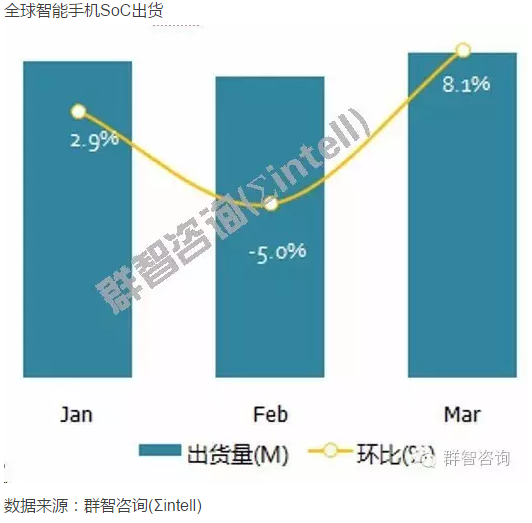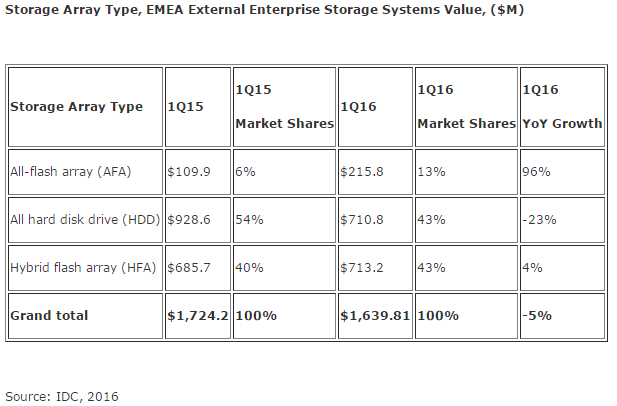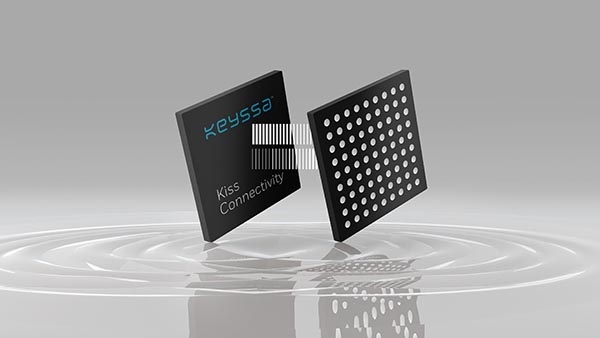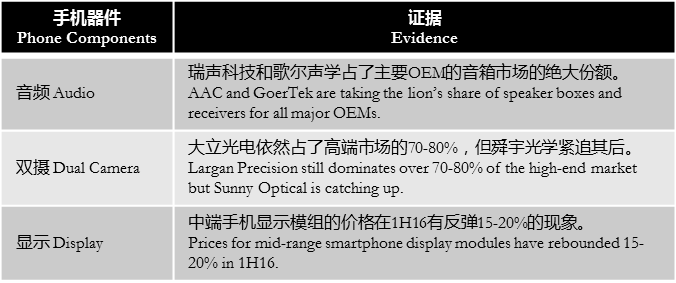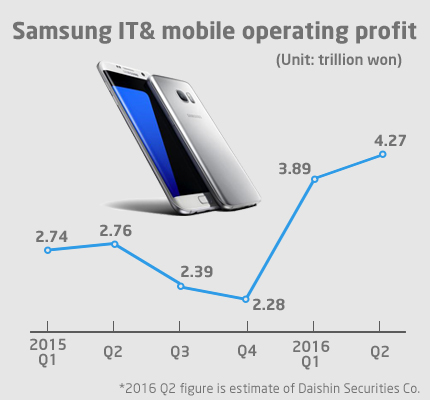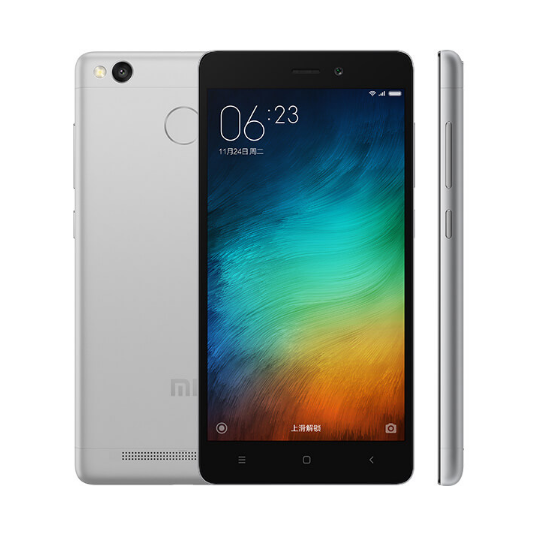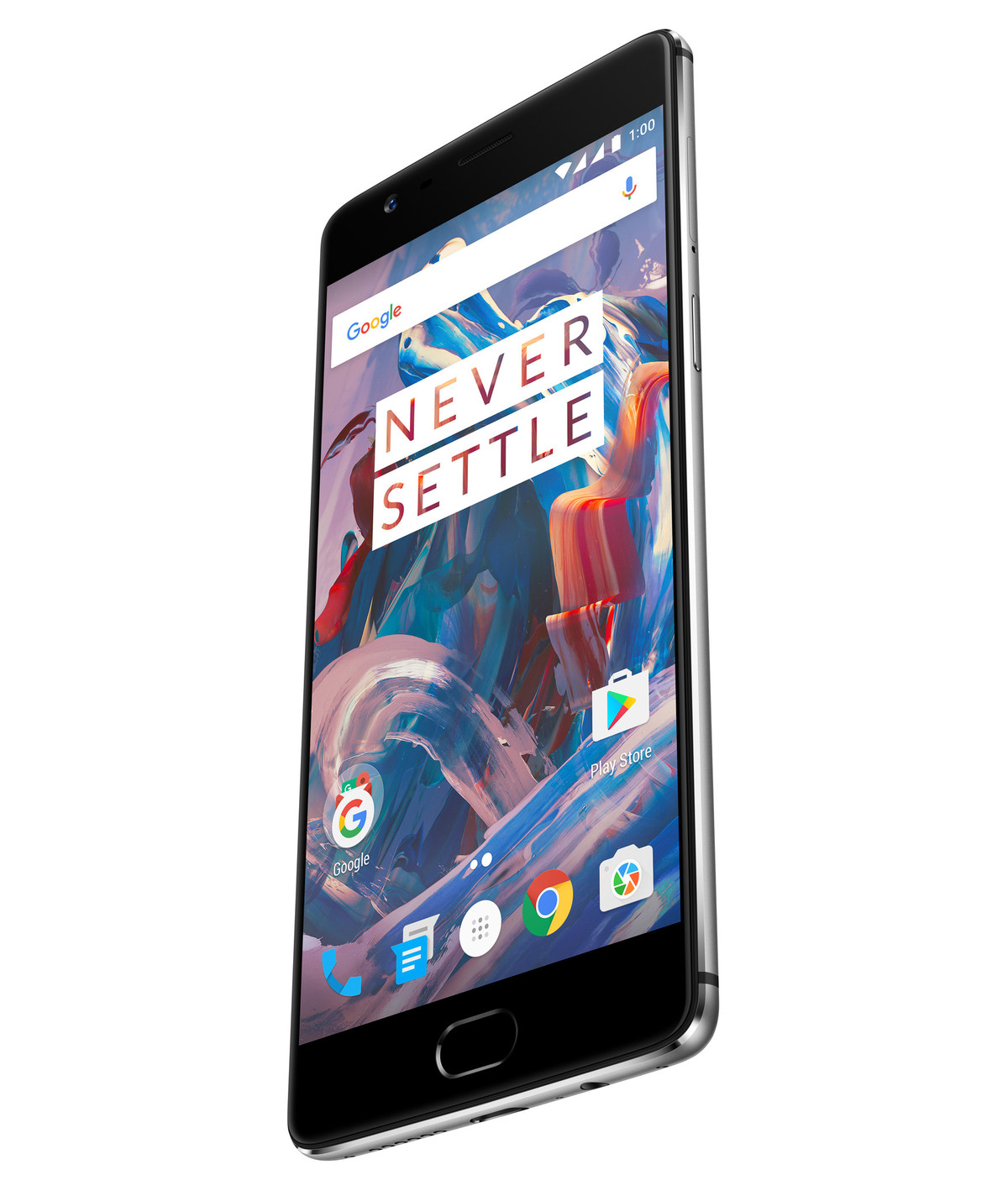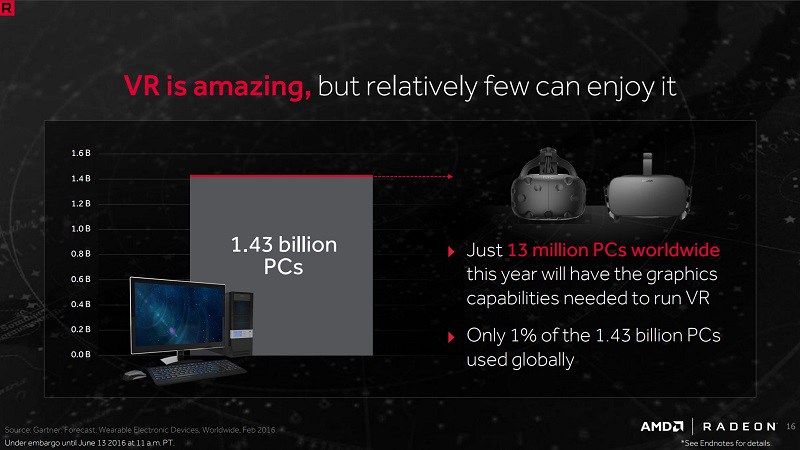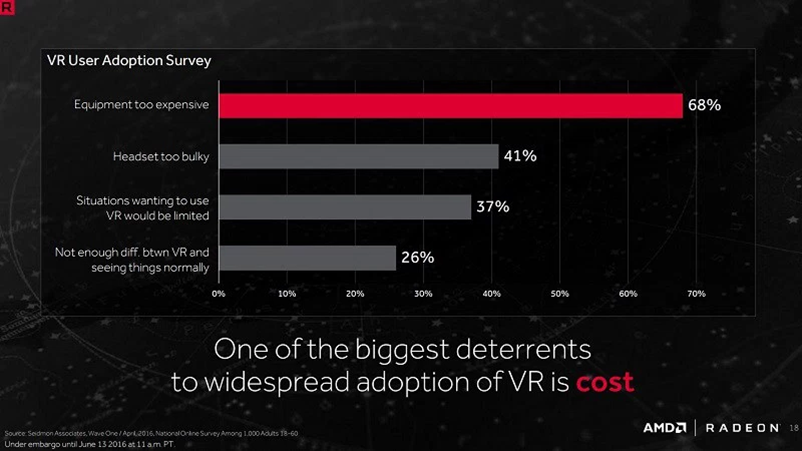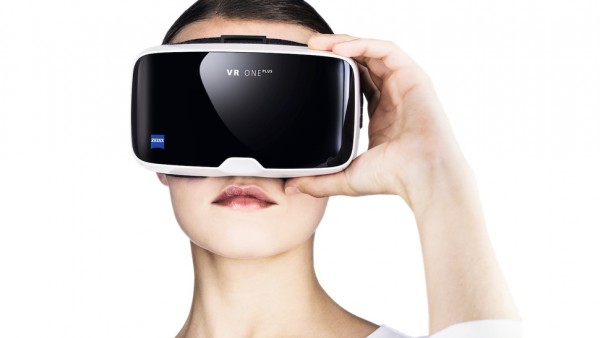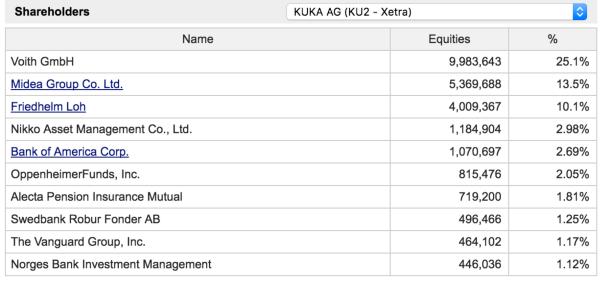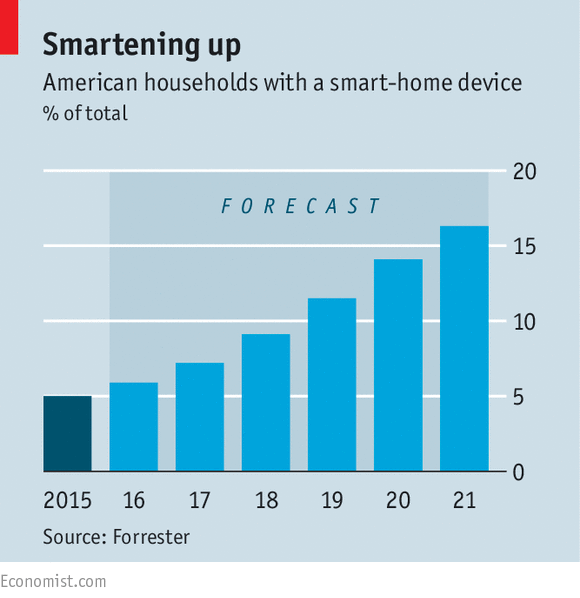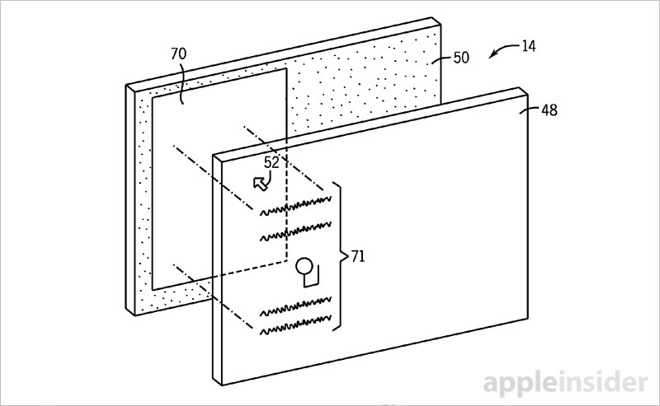
6-15: 1Q16/2Q16 TSMC and UMC production capacity is tight; Samsung Display will invest total KRW5 trillion in flexible OLED by end of 2017; Uniloc sues WeChat of Tencent for patent infringement; etc.
1Q16/2Q16 TSMC and UMC production capacity is tight; Samsung Display will invest total KRW5 trillion in flexible OLED by end of 2017; NXP Semiconductors would sell its standard products business to a consortium of financial investors consisting of China’s Jianguang Asset Management Co Ltd and private equity firm Wise Road Capital Management for about USD2.75 billion; Samsung Galaxy S7 series sold 14.5-15 million units in 2Q16 and 24-25 million units for 1H16; Uniloc sues WeChat of Tencent for patent infringement; etc.
|
Chipset |
| ARM has announced the availability of ARM Artisan physical IP, including POP IP, for mainstream mobile SoCs based on the new ARM Cortex-A73 processor on the TSMC 16FFC (FinFET Compact) process. The third-generation Artisan FinFET platform is optimized for TSMC 16FFC process. (TechNews, Business Wire) |
| According to Sigma Intell, 1Q16/2Q16 TSMC and UMC production capacity is tight. MediaTek and Qualcomm have already occupied 70%-75% of TSMC’s 28nm production. Thanks to the new models launched in 1Q16, and increasing demand from the vendors, SoC shipment in Mar. 2016 shows some increase, with 8.1% on quarter, and 13% on year, to near 96 million units. MediaTek in Mar 2016 shows an increment, with market share reaching 36%. (Sigma Intell, press, PC Pop) |
| The Shanghai Integrated Circuit Investment Fund (SICIF), one of the largest investment funds in China for the semiconductor industry, has completed the first round of fund-raising, totaling CNY28.5 billion. (Digitimes, press, iFeng) |
|
Touch Display |
| Samsung Display will reportedly sell off some of its 7th generation LCD production “L7” line at the Tangjeong plant in Asan, South Chungcheong Province, after the L6 line, and convert previous LCD production lines to flexible OLED production lines. Samsung Display will invest total KRW5 trillion (KRW2 trillion in 1H16, and an additional KRW3 trillion) by end of 2017. (Business Korea, OLED-Info, 52RD) |
|
Memory |
| Total EMEA external storage systems revenue fell 4.9% YoY to USD1.64 billion in 1Q16, according IDC. The capacity shipped in the quarter also dropped 3.5%, indicating a move away from external storage to internal storage in the region. (IDC, press, Digitimes) |
|
Connectivity |
| Keyssa, a leader in high-speed, contactless connectivity, is proud that Lenovo included Kiss Connectivity in its new line of Motorola Moto Z series smartphones. Lenovo introduced its OneCompute concept, which leverages Keyssa’s Kiss Connectivity and Qi wireless charging to facilitate contactless I/O between the OneCompute device and its dock. (EE Trend, Business Wire) |
| NXP Semiconductors said it would sell its standard products business to a consortium of financial investors consisting of China’s Jianguang Asset Management Co Ltd and private equity firm Wise Road Capital Management for about USD2.75 billion. The transaction is expected to close in 1Q17, pending all required regulatory approvals and employee representative consultations. (TechNews, WSJ, Bloomberg, Nikkei, Globe Newswire, Street Insider) |
|
Value Chain |
| According to Morgan Stanley, there is evidence that smartphone component prices are bottoming, which bodes well for Asian component suppliers. Analyst Jasmine Lu believes Apple iPhone 7 is expected to have the biggest refresh cycle in 2H16 with almost double the value content, featuring stereo effects and waterproof functions. (Barron’s, blog) |
|
Smartphones |
| Daishin Securities Co. estimated Samsung Galaxy S7 series sold 14.5-15 million units in 2Q16 and 24-25 million units for 1H16. Although overall smartphone sales would gain a mere 1.1% from 1Q16, profit margin would be better due to lucrative sales of premium line. The ASP is expected to jump to USD228 in 2Q16 from USD217 in 1Q16. (Pulse News, TechNews) |
| Samsung Galaxy S7 series forecast to sell 15 million units in 2Q16. With 10 million sold 20 days after launched on Mar. 11, it is estimated that in 1H16 25 million units are sold. (Phone Arena, Yonhap News, TechNews) |
| Gartner top 10 technologies and capabilities for 2016 and 2017 are: fast charging, wireless charging, augmented and virtual reality, multiple-lens camera solutions, sensors: biometric authentication and technologies, virtual personal assistants (VPAs), flexible/curved displays, Wi-Fi 802.11 standards, USB Type-C and embedded SIM (e-SIM). (Gartner, report, TechNews) |
| Uniloc sues WeChat (owned by Tencent) in U.S. for patent infringement on voice group chat, video group chat functionalities. (CN Beta, Sina) |
| Xiaomi Redmi 3S is announced – 5” HD display, Qualcomm Snapdragon 430 processor, 13MP PDAF + 5MP cameras, 2GB RAM+16GB ROM / 3GB RAM + 32GB ROM, Android 5 (MIUI 7), LTE, dual-SIM, 5V 2A fast-charging, 4100mAh battery, from CNY699. (YeSky, My Drivers, Gizmo China) |
| OnePlus 3 is official – 5.5” FHD optic AMOLED display, Qualcomm Snapdragon 820 processor, 16MP PDAF OIS + 8MP cameras, 6GB RAM, 64GB storage, Android 6.0, LTE, fingerprint sensor, 3000mAh battery, USD399. (Android Central, Gizmo China) |
|
Wearables |
| According to AMD, only 1% of the 1.43 billion PCs used globally are ready to play VR games and lack the proper graphical horsepower. AMD’s data analysis shows that 68% of those surveyed were put off by the cost of VR equipment. (eTekNix) |
| Zeiss unveils its second-generation VR headset VR One Plus, which uses a ‘universal’ smartphone drawer that slides out and can hold any handset with a screen size of between 4.7” and 5.5”, plus removable foam inserts that make the device more comfortable to wear for longer periods and which can be swapped out with new pads after heavy use. (Business Wire, Yahoo, CN Beta) |
|
Internet of Things |
| China’s Midea Group Co Ltd is only seeking a 49% stake in German industrial robot maker Kuka. Kuka would continue to have a strong German anchor shareholder. (Yahoo, 4-Traders, 163, Hexun, Business Insider) |
| According to Strategy Analytics, Google just sold 1.3 million smart thermostats Nest in 2015, and only 2.5 million in total over the past few years. Only 6% of American households have a smart-home device, including internet-connected appliances, home-monitoring systems, speakers or lighting, according to Frank Gillett of Forrester. By 2021 the number will be just over 15%. (Economist, 199IT) |
